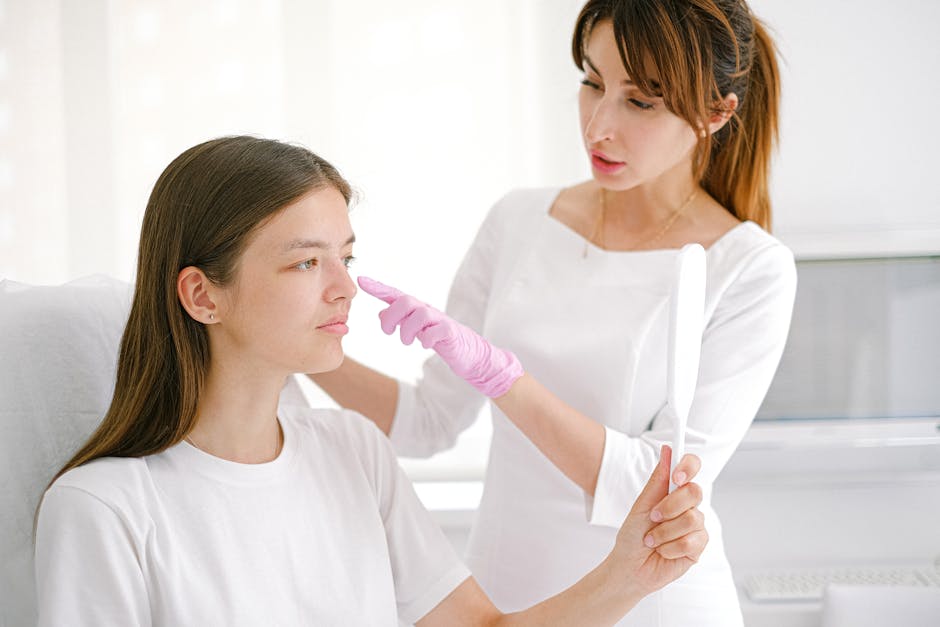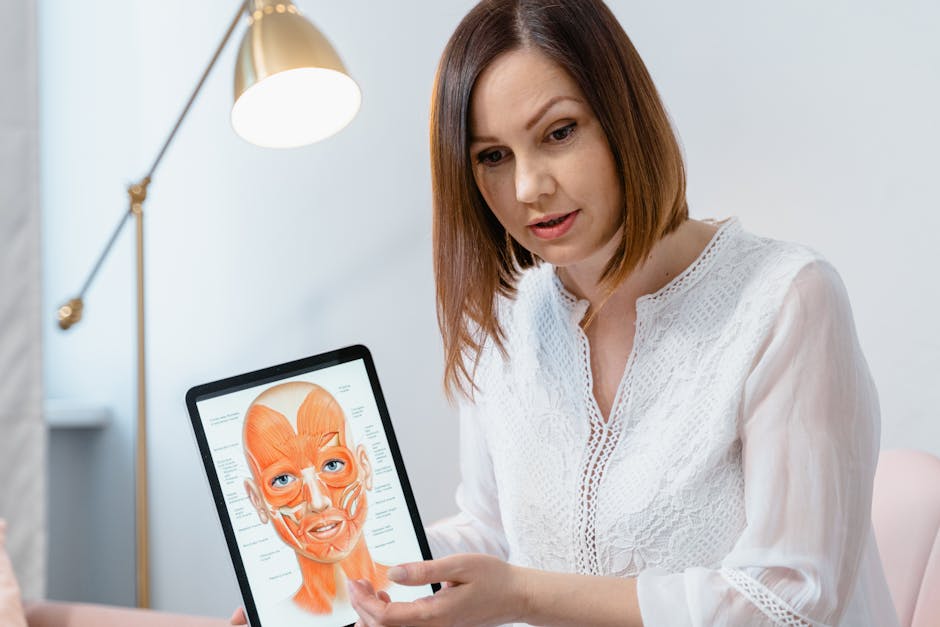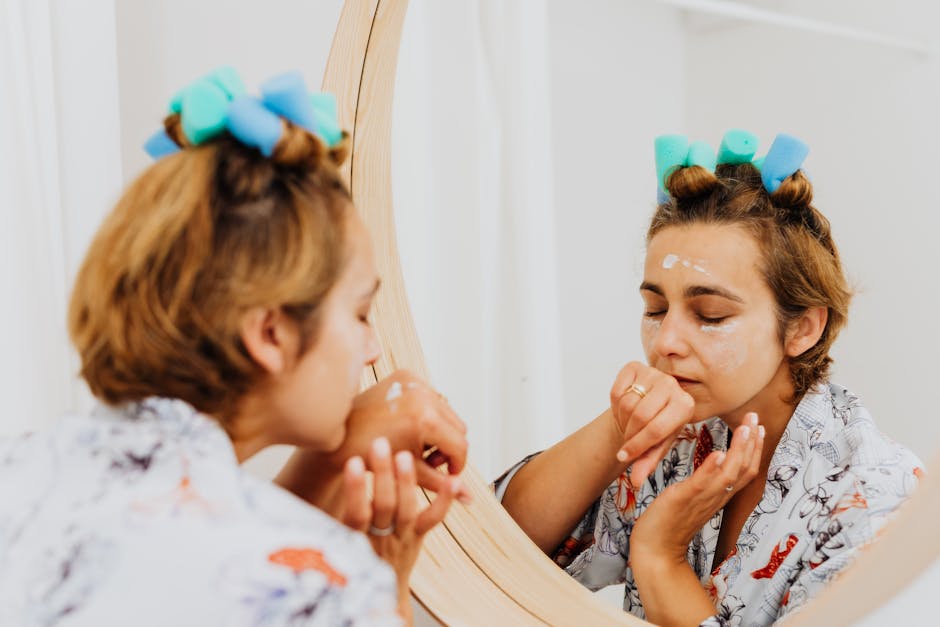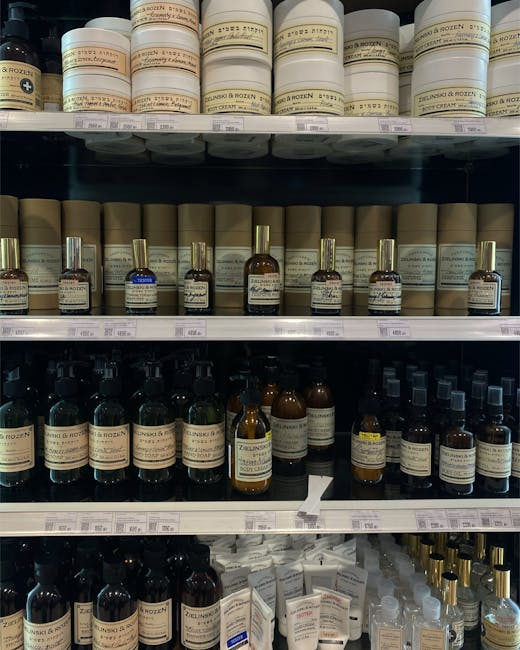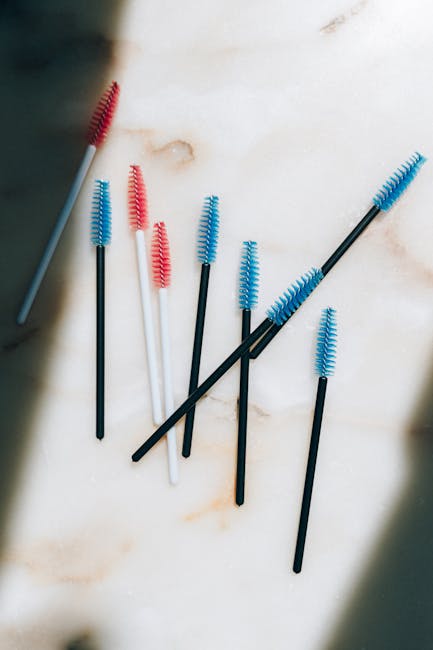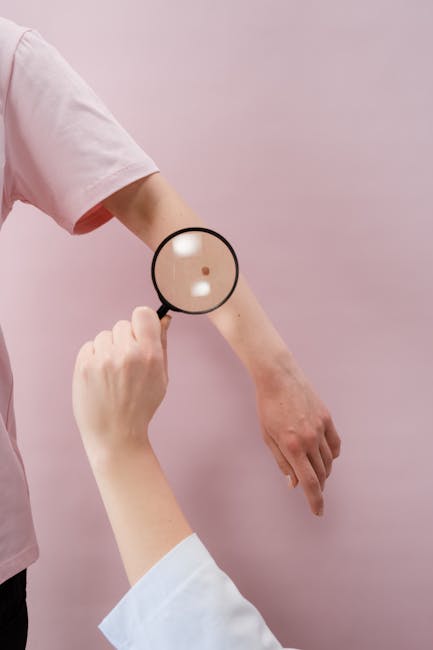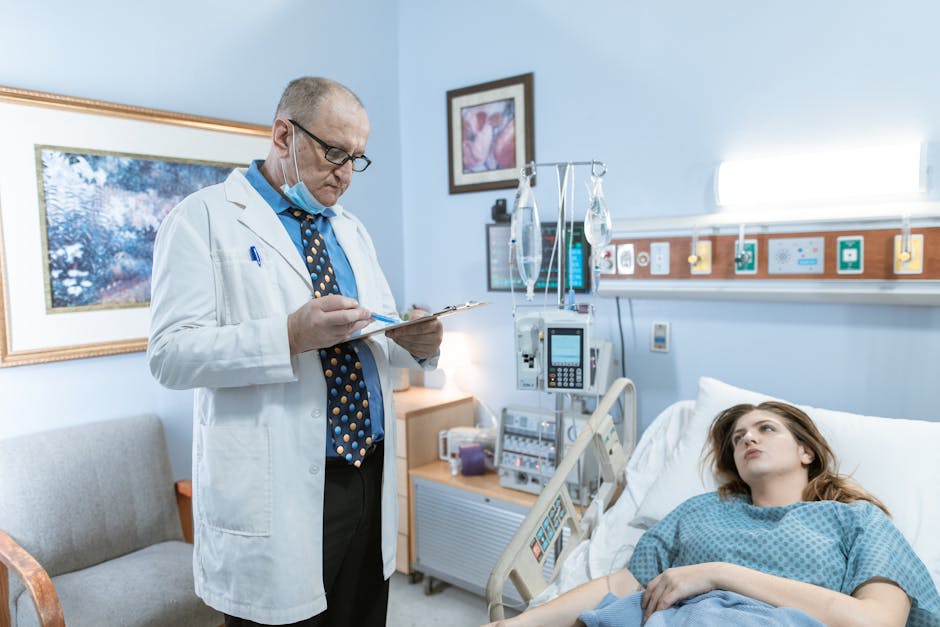Introduction
Finding the right skin doctor, or dermatologist, can significantly impact your skincare journey. If you’re searching for a ‘skin doctor near me,’ understanding what to look for and how to evaluate options can lead to healthier, more radiant skin. This guide will provide useful tips to ensure you select a dermatologist who meets your specific needs.
Why Finding the Right Skin Doctor is Crucial
Selecting the right skin doctor is a pivotal step towards achieving and maintaining healthy skin. A qualified dermatologist not only has the expertise to diagnose and treat a multitude of skin conditions, such as acne, eczema, and psoriasis, but also provides personalized advice tailored to your skin’s unique needs. In today’s urban settings where options are plentiful, it’s crucial to make an informed decision to ensure you receive quality care. For detailed guidance on this process, you might find “How to Choose the Best Dermatologist for Your Skin Needs” helpful. The right dermatologist will employ a combination of their medical knowledge and cutting-edge technology to offer treatments that suit your lifestyle and skin goals. By prioritizing a thorough examination and ongoing communication, they can formulate a skincare regimen that ensures the longevity of your skin’s health. Choosing a reputable dermatologist means you’re investing in competent, compassionate, and personalized care that paves the way for a confident and radiant appearance.
Key Qualities of a Reputable Skin Doctor
A reputable skin doctor possesses several key qualities that ensure they provide the best care possible for their patients. Firstly, board certification is essential, as it indicates that the dermatologist has completed rigorous training and meets high standards in dermatology. Years of experience further enhance their credibility, providing a wealth of knowledge about various skin conditions and their treatments, which is crucial for finding the best dermatologist.
In addition to technical qualifications, a solid reputation among patients can speak volumes. Look for reviews and testimonials that highlight positive patient experiences.
Communication skills are crucial; your dermatologist should be approachable and able to explain complex medical terms in simple language. They should show genuine interest in your skincare concerns, which fosters a trusting doctor-patient relationship.
Moreover, a great skin doctor stays abreast of the latest advancements in skincare treatments and technologies, ensuring they offer cutting-edge solutions. This commitment to continuous learning and improvement reflects their dedication to providing the best possible care for your skin health.
Steps to Find a Skin Doctor Near You
Finding a reliable skin doctor nearby involves several strategic steps that integrate both modern technology and trustworthy personal methods. Here’s how you can efficiently locate the right skincare specialist in your area:
Research Online:
Begin your search by utilizing online resources. Use specific search terms such as “skin doctor near me” to discover local dermatologists. Online platforms like Google Reviews or Yelp provide ratings and patient feedback that can offer insights into the professionals’ expertise and patient satisfaction levels. Carefully read through reviews to gauge consistency in quality and service. For additional guidance, you might find “The Ultimate Guide to Finding a Dermatologist Near You” useful, which offers insight into effectively locating a dermatologist nearby.
Personal Referrals:
One of the most dependable methods is through personal referrals. Reach out to friends or family members who have had positive experiences with dermatologists. Personal recommendations can provide a firsthand account of the doctor’s approach, effectiveness, and personality, aiding in your decision-making process.
Check Professional Directories:
Exploring professional directories is another effective strategy. Websites of medical associations, such as the American Academy of Dermatology, often have directories of board-certified dermatologists. This ensures that you select professionals who are not only qualified but also recognized by reputable industry bodies. Additionally, consulting “The Importance of Choosing the Right Dermatologist for Skin Health” might provide valuable insights into selecting a suitable expert. By following these steps, you can find a competent skin doctor who meets your needs and expectations.
How to Evaluate a Dermatologist’s Credentials
Evaluating a dermatologist’s credentials is an essential step in ensuring you receive quality skincare. Begin by verifying their board certification with reputable organizations such as the American Academy of Dermatology. Board certification indicates that the doctor has undergone rigorous training and passed comprehensive exams in dermatology. Additionally, explore their educational background and any specialized training that might align with your skincare needs.
It’s also beneficial to examine their involvement in professional organizations. Dermatologists who actively participate in such organizations are likely committed to staying updated with the latest industry advancements and therapies, which can significantly enhance the quality of care you receive. For more insights on the importance of choosing the right dermatologist, you might want to read this article: The Importance of Choosing the Right Dermatologist for Skin Health. Utilize online tools and directories to confirm a dermatologist’s qualifications, and don’t hesitate to ask about their experience and any additional certifications during your consultation. This thorough evaluation can provide you peace of mind when selecting a skincare professional.
Questions to Ask During Your First Visit
When visiting a skin doctor for the first time, it’s important to be prepared with the right questions to ensure you make the most of your appointment. Start by asking about the dermatologist’s experience with specific skin conditions you’re currently facing. This will give you an idea of their expertise and previous success in treating conditions similar to yours. Inquire about the various treatment options available and ask which ones they specifically recommend for your situation. For more information on treatment strategies, you might find this article on the Critical Role of Dermatologists in Early Skin Cancer Detection insightful. Understanding the doctor’s approach to skincare management, including both short-term treatments and long-term strategies, will provide further insight into how they operate.
Additionally, it’s crucial to discuss any financial limitations you may have. Address treatment costs upfront to understand what is covered by insurance and what might require out-of-pocket expenses. For tips on selecting the right dermatologist and understanding their services, check out How to Choose the Best Dermatologist. By asking these questions, you establish a clear understanding of the path forward for your skin health, ensuring you receive the best possible care that aligns with your needs and budget.
Using Technology to Your Advantage
In our digital age, leveraging technology can significantly simplify the process of finding and choosing the right skin doctor. Mobile applications specifically designed for healthcare, such as teledermatology apps, offer a convenient way to connect with dermatologists without the need for in-person visits. These platforms allow you to receive professional consultations remotely, thereby saving time and overcoming geographical barriers to accessing expert care. For more on using technology effectively, check out The Ultimate Guide to Finding a Dermatologist Near You.
Moreover, the wealth of online reviews and ratings on platforms like Google, Yelp, and health-specific sites provide valuable insights into patient experiences and satisfaction levels. Reading through these reviews can help you gauge a dermatologist’s reputation, professionalism, and effectiveness according to previous patients.
By integrating these technological tools into your search strategy, you ensure a comprehensive approach that enhances your ability to make an informed, confident decision regarding your skincare needs.
Conclusion
In conclusion, choosing the right skin doctor involves a combination of thorough research and understanding your individual needs. By considering qualifications, communication skills, and available technology, you can find a dermatologist who will positively influence your skincare journey.

